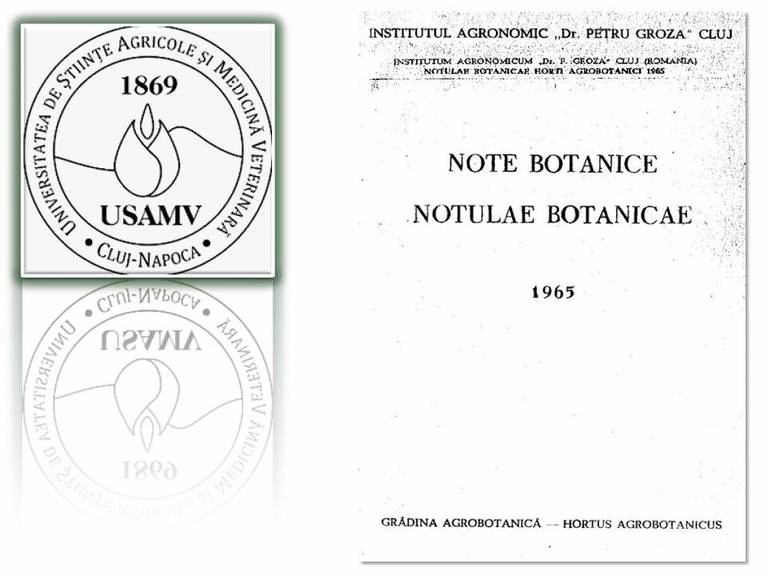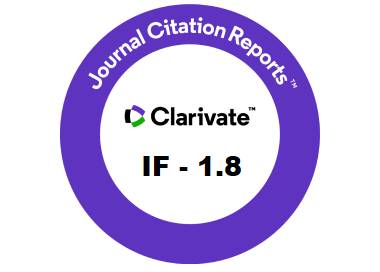Research on the biology of Echinacea pallida Nutt. and Echinacea purpurea (L.) Moench (II)
DOI:
https://doi.org/10.15835/nbha211275Keywords:
chromosomes, Echinacea pallida NUTT., Echinacea purpurea (L.) MOENCHAbstract
In the second year of vegetation, after emergence, Echinacea pallida Nutt. and Echinacea purpurea (L.) Moench, form a leaf rosette and the first floral shoots appear in June. Plant vigour is significantly higher in Echinacea purpurea than in E. pallida, saved for roots. E. pallida is tetraploid, 2n=4x=44 chromosomes, of small size, between 5,87 and 3,04 microns, relatively easy to individualize by their shape and size.Downloads
Published
1991-08-05
How to Cite
MUNTEAN, L. S., SALONTAI, A., BOTEZ, C., TAMAS, M., CERNEA, S., MORAR, G., & VAIDA, F. (1991). Research on the biology of Echinacea pallida Nutt. and Echinacea purpurea (L.) Moench (II). Notulae Botanicae Horti Agrobotanici Cluj-Napoca, 21(1), 63–72. https://doi.org/10.15835/nbha211275
Issue
Section
Research Articles
CITATION
DOI: 10.15835/nbha211275
License
Copyright (c) 1991 Leon Sorin MUNTEAN, Alexandru SALONTAI, Constantin BOTEZ, Mircea TAMAS, Solovastru CERNEA, Gavrila MORAR, Felicia VAIDA

This work is licensed under a Creative Commons Attribution 4.0 International License.
License:
© Articles by the authors; licensee UASVM and SHST, Cluj-Napoca, Romania. Papers published in the journal Notulae Botanicae Horti Agrobotanici Cluj-Napoca are open access distributed under the terms and conditions of the Creative Commons Attribution License (http://creativecommons.org/licenses).

Open Access Journal:
The journal allows the author(s) to retain publishing rights without restriction. Users are allowed to read, download, copy, distribute, print, search, or link to the full texts of the articles, or use them for any other lawful purpose, without asking prior permission from the publisher or the author.











.png)







